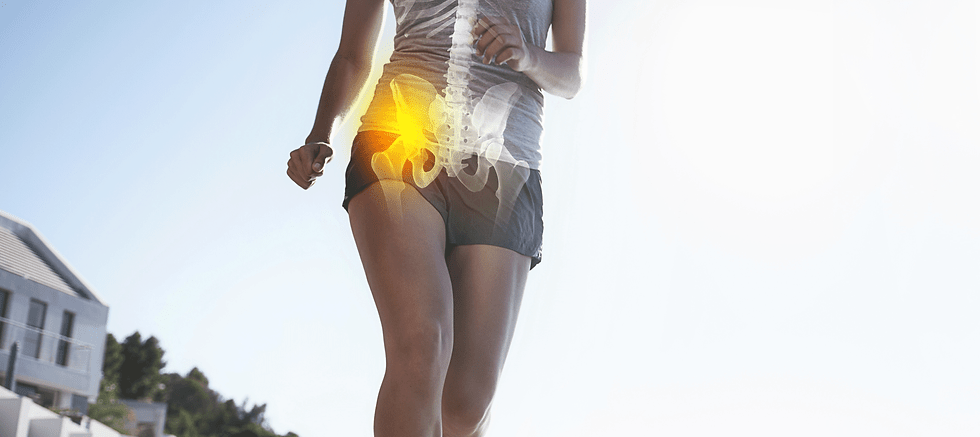Causes of hip pain
Pain around the hip can arise from several sources. You will need to be thoroughly assessed to determine where the pain is coming from and what is the best treatment for you. However, sometimes surgery may be required.
The causes include:
Arthritis
Bursitis
Tendinopathy
Snapping hip
Labral tears
How can hip arthritis affect you?
Hip arthritis can affect both your personal and work life.
The commonest symptom is severe groin or buttock pain.
However, it can also manifest as stiffness which makes simple tasks - such as putting your socks and shoes on – extremely difficult. You may also experience weakness, giving way and trouble sleeping.
Treating Hip Arthritis
Fortunately, there are a variety of simple but effective treatments to help manage this condition. These include:
-
Reducing activities that exacerbate your symptoms
-
Good pain relief
-
Weight loss
-
Exercise
-
Physiotherapy
-
Joint injections
However, when hip osteoarthritis is advanced, joint replacement surgery is often required.
What is a hip replacement?
Hip replacements are considered one of the most successful medical inventions of all time. The procedure involves replacing the diseased part of the joint with an artificial one. It is typically used for people with severe hip osteoarthritis, inflammatory arthritis such as rheumatoid arthritis and for certain hip fractures.
Due to advances in technology, processes, and surgical technique, this is a highly reliable procedure with a predictable and quick recovery. You can weight bear on your new hip immediately after it has been implanted.
I use top rated implants that have a proven track record as demonstrated by their performance on the National Joint Registry and ODEP rating.

What can I expect following my hip replacement?
Patients having a hip replacement are admitted on the day of surgery and in most cases go home on the day of surgery or day after. You will require strong pain killers initially but the pain will quickly improve. You can weight bear immediately following the operation though you will likely require crutches to help you mobilise initially.
Due to the increased risk of developing a clot in the leg, you will need to take medications to thin the blood. Initially this is an injection into the abdomen but will be converted to a tablet after two weeks. It is important to weight bear on the operated leg and to keep moving regularly as this will reduce your risk of developing a clot

